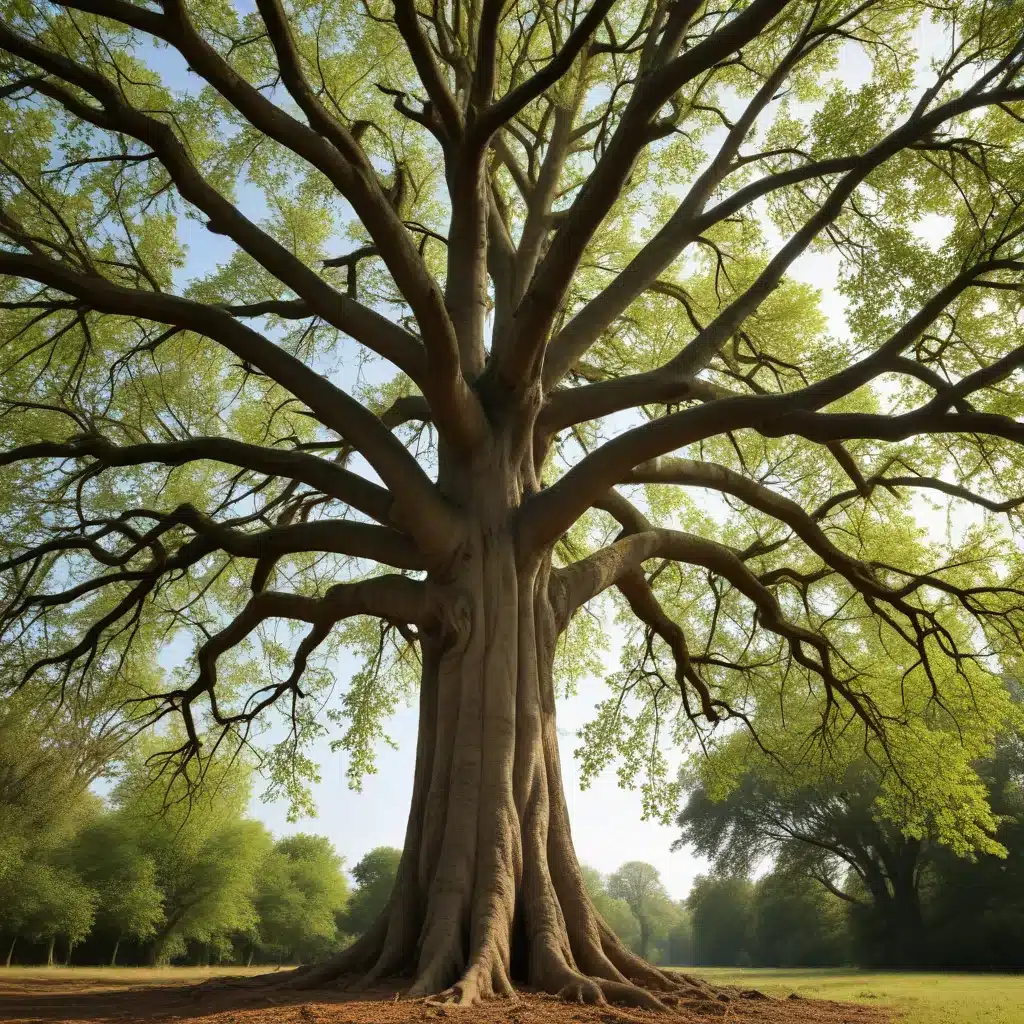
As arborists and tree care specialists at TriCounty Tree Care, we understand the immense value that trees bring to our local communities. However, the vitality of these living assets faces an array of challenges, from environmental stressors to emerging threats. In this comprehensive guide, we will explore strategies to bolster the resilience of our urban and suburban tree populations, ensuring their longevity even in the face of unpredictable crises.
Tree Health and Longevity
The foundation for a thriving tree canopy begins with maintaining the overall health and vigor of individual specimens. Several key factors influence a tree’s ability to withstand and recover from various disturbances.
Factors Impacting Tree Vitality
Environmental stressors, such as drought, air pollution, and soil compaction, can significantly compromise a tree’s physiological processes and make it more susceptible to pests and diseases. Likewise, the introduction of invasive insect pests and novel pathogens can rapidly undermine the structural integrity and ecological function of trees. Ensuring optimal soil conditions, including appropriate pH, nutrient levels, and drainage, is crucial for supporting robust root systems and overall tree health.
Resilience Strategies
To fortify our tree populations, we must adopt a multifaceted approach that emphasizes diversity and adaptability. Promoting a diverse urban forest, with a mix of native and well-adapted non-native species, can enhance the overall ecological resilience of the landscape. Proactive early intervention practices, such as regular pruning, pest monitoring, and targeted treatments, can help mitigate the impacts of stressors and arrest the progression of emerging threats.
Equally important is the implementation of long-term maintenance plans that account for the unique needs of different tree species and their life stages. By providing optimal growing conditions and consistent care, we can nurture the development of strong, structurally sound trees that are better equipped to withstand and recover from unexpected challenges.
Challenges of Unpredictable Crises
While the day-to-day maintenance of tree health is critical, we must also consider the impacts of larger-scale, unpredictable events that can rapidly and dramatically alter the trajectory of tree populations.
Climate Change Effects
The effects of climate change, manifested through an increase in the frequency and intensity of extreme weather events and shifting precipitation patterns, pose significant threats to the longevity of our urban and suburban forests. Intense storms, prolonged droughts, and sudden temperature fluctuations can inflict widespread damage and stress on tree communities, compromising their ability to thrive.
Emerging Threats
In addition to climate-related challenges, the emergence of invasive species and novel pathogens can also destabilize the delicate balance of our tree ecosystems. The introduction of aggressive pests, such as the emerald ash borer or sudden oak death, can rapidly spread and devastate entire populations of susceptible tree species. Proactive risk assessment and early detection are crucial for mitigating the impacts of these emerging threats.
Crisis Response and Mitigation
To address these unpredictable challenges, we must develop comprehensive crisis response and mitigation strategies. This includes conducting thorough risk assessments to identify vulnerable areas and potential points of failure, as well as implementing rapid recovery techniques to aid in the rehabilitation of damaged trees and the restoration of affected landscapes.
Arboricultural Best Practices
Ensuring the long-term vitality and resilience of our tree populations requires the adoption of best management practices across the full spectrum of arboricultural activities, from initial site selection and preparation to ongoing maintenance and monitoring.
Site Selection and Preparation
The foundation for a thriving urban forest begins with appropriate species selection and proper planting techniques. By carefully considering the unique environmental requirements and growth characteristics of different tree species, we can ensure that our plantings are well-suited to the local conditions and less susceptible to stress and failure.
Ongoing Tree Care
Consistent and proactive tree care is essential for maintaining the health and structural integrity of our urban and suburban trees. Regular pruning and the provision of structural support can help mitigate the risks of branch failure and stem damage during extreme weather events. Diligent irrigation and nutrient management practices can also bolster a tree’s ability to withstand and recover from various stressors.
Monitoring and Evaluation
Continuous monitoring and evaluation are critical components of any successful tree care program. By regularly assessing the health indicators and structural condition of our trees, we can identify early warning signs of potential issues and implement adaptive management approaches to address emerging challenges.
Community Engagement and Preparedness
Ensuring the long-term resilience of our urban and suburban forests requires a collaborative effort involving public education, community partnerships, and emergency response planning.
Public Education Initiatives
Raising public awareness about the importance of tree health and the threats facing our tree populations is crucial for garnering community support and engagement. Through awareness campaigns, citizen science programs, and educational outreach, we can empower residents to become active stewards of the local tree canopy.
Collaborative Partnerships
Forging strong partnerships with municipal authorities, environmental organizations, and private landowners can enhance our ability to implement comprehensive tree management strategies and coordinate crisis response efforts. By aligning our efforts and sharing resources, we can amplify the impact of our work and ensure a more resilient and well-managed tree population.
Emergency Response Planning
Developing robust emergency response plans that integrate incident command systems and disaster recovery protocols can help us mitigate the impacts of unpredictable crises and expedite the restoration of our tree-based resources. By anticipating potential threats and establishing clear communication channels and coordination mechanisms, we can better safeguard our urban and suburban forests.
Through a multifaceted approach that combines proactive tree care, crisis preparedness, and community engagement, we can ensure the long-term longevity and resilience of our tree populations, even in the face of unpredictable challenges. By investing in the health and vitality of our urban forests today, we can secure their enduring benefits for generations to come.


